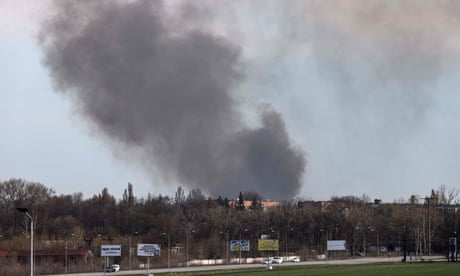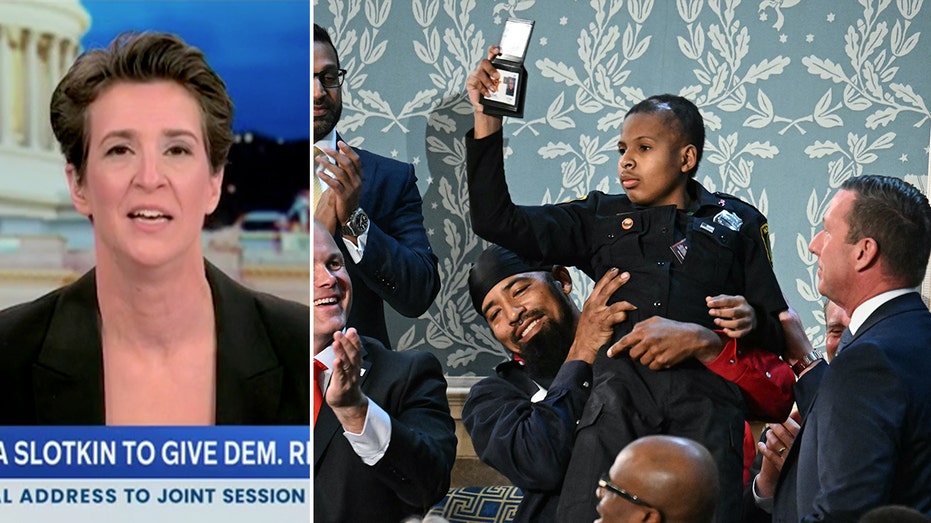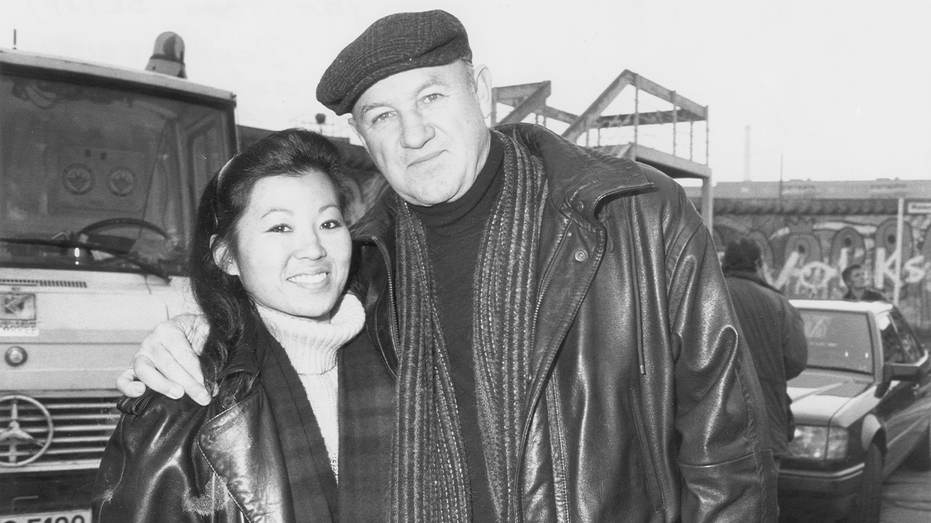- by foxnews
- 07 Mar 2025
Russia’s war in Ukraine: complete guide in maps, video and pictures
Russia’s war in Ukraine: complete guide in maps, video and pictures
- by theguardian
- 31 Mar 2022
- in news

Russia was accused of intensifying its bombardment of the besieged Ukrainian city of Chernihiv and continuing to attack Kyiv despite claims from the Kremlin it would drawback out of respect for ongoing peace talks. The Ukrainian military said Russian troops were also intensifying their attacks around the eastern city of Izyum and the eastern Donetsk region, after redeploying some units from other areas.
Oleskandr Markushyn, mayor of Irpin, a commuter town a few miles from Kyiv that has been the focus of intense fighting, said the city was now "100% controlled by our military and territorial defence" but that Russian attacks continued and 50 Ukrainian soldiers had died in the battle.
Russia's defence ministry said its forces were regrouping near the Ukrainian capital, Kyiv, and the northern city of Chernihiv in order to focus on other key areas and complete the "liberation" of the breakaway Donbas region.
The UN refugee agency said 4,019,287 people had fled abroad since the start of Russia's invasion on 24 February, surpassing its initial estimate that the war would create up to 4 million refugees. More than 90% are women and children.
In the months before its invasion Russia had deployed hundreds of tanks, self-propelled artillery and short-range ballistic missiles from as far away as Siberia to within striking range of Ukraine.
Moscow's rhetoric grew more belligerent. Putin demanded legal guarantees that Ukraine would never join Nato or host its missile strike systems, concessions he was unlikely to receive. A flurry of diplomatic activity did little to ease tensions.
The second half of February was long seen as the most likely period for a potential offensive. Russian soldiers stayed on in Belarus beyond the end of planned military exercises, and the Winter Olympics, hosted by Russia's ally China, concluded.
The invasion was preceded on 22 February by Putin saying Russia would recognise the territorial claims of self-proclaimed republics in Luhansk and Donetsk. He had already ordered his forces into Russian-controlled territory in Ukraine.
Scores of battalion tactical groups - the smallest operational unit in Russia's army, consisting of about 800-1,000 troops - were put in place near the borders of Ukraine in Russia and latterly Belarus prior to the invasion. As of 18 February, the US estimated that Russia had between 169,000 and 190,000 personnel in and around Ukraine.
An estimated 32,000 separatist forces were already operating in the breakaway areas in Donetsk and Luhansk - some of whom were likely to be unacknowledged Russian forces - before the invasion.
Many of the heavy weapons stationed near Ukraine arrived as far back as spring 2021. Over the new year Russia also began to move tanks, artillery, air-defence systems and fighter jets to Belarus for joint exercises in February. That deployment then grew.
These satellite image composites show the buildup of troops in Yelnya and Pogonovo over the new year.
Satellite photographs also showed increased deployments in Novoozernoye, in western Crimea.
The US estimates that 10,000 troops moved into Crimea in late January and early February.
Satellite images taken on 20 February showed troops and equipment being moved from holding areas to potential launch locations.
Russia's invasion pits the Kremlin's large, recently modernised military against an adversary largely using older versions of the same or similar equipment, dating back to the Soviet era. Russia has significant numerical advantages on land and in particular in the air and at sea, although Ukrainians are defending their homeland.
In 2014 Putin sent troops to annex Crimea, a mainly Russian-speaking region of Ukraine. Russia also incited a separatist uprising in Ukraine's south-east, clandestinely sending soldiers and weapons to provoke a conflict that grew into a full-blown war.
A 2015 peace deal established a line of demarcation and called on both sides to make concessions. After that, low-level fighting continued along the front, and each side accused the other of violating the agreement.
Going back further, Russia has long opposed any attempts by Ukraine to move towards the EU and Nato. One of Putin's often repeated demands was a guarantee that Ukraine never joins Nato, the alliance of 30 countries that has expanded eastwards since the end of the cold war.
On 22 February, the German chancellor, Olaf Scholz, stopped the certification process for the Nord Stream 2 gas pipeline in response to Russia's recognition of the two self-proclaimed republics.
First announced in 2015, the $11bn (�8.3bn) pipeline owned by Russia's state-backed energy firm Gazprom was built to carry gas from western Siberia to Lubmin in Germany's north-east, doubling the existing capacity of the Nord Stream 1 pipeline and keeping 26m German homes warm at an affordable price.
Nord Stream 2, Europe's most divisive energy project, bypassed the traditional gas transit nation of Ukraine by running along the bed of the Baltic Sea. It faced resistance within the EU, and from the US as well as Ukraine, on the grounds that it increased Europe's energy dependence on Russia, denied Ukraine transit fees and made it more vulnerable to Russian invasion.
- by foxnews
- descember 09, 2016
Virgin Mary sculpture standing nearly 200 feet set to be tallest religious statue in the world
A Virgin Mary statue is being built in Poland and it may be the world's tallest religious statue once construction is completed. The build will stand nearly 200 feet.
read more


